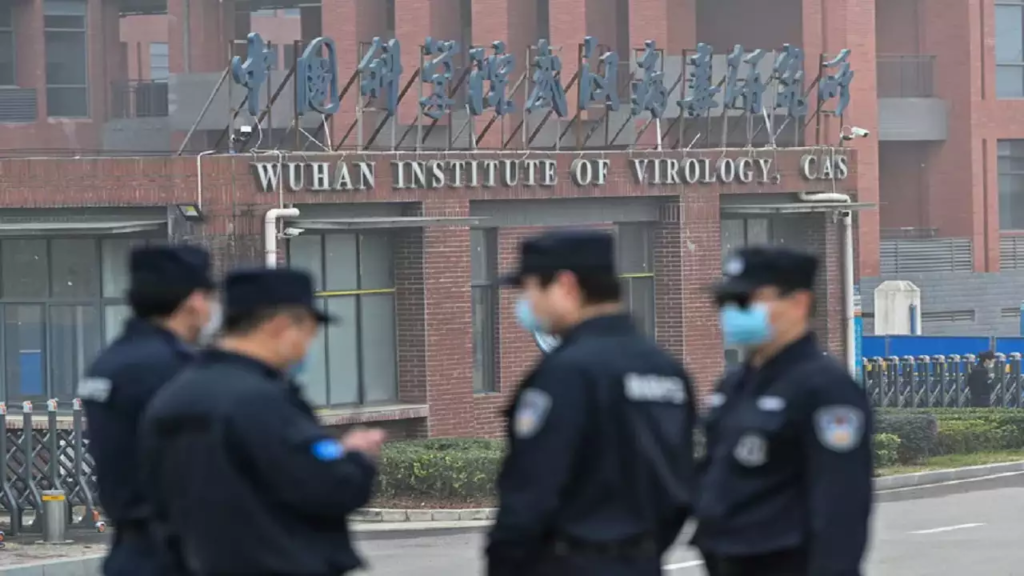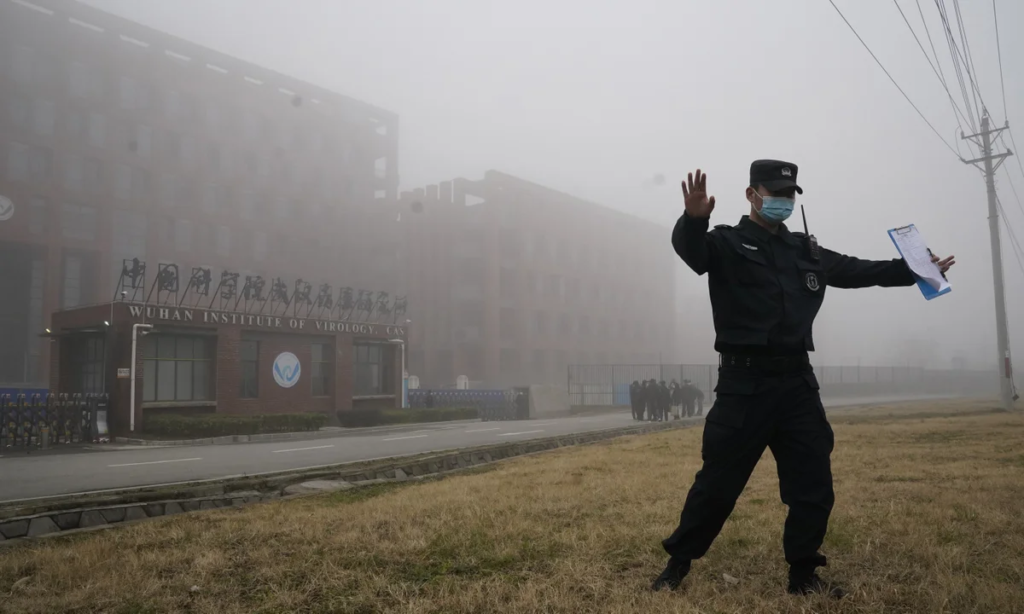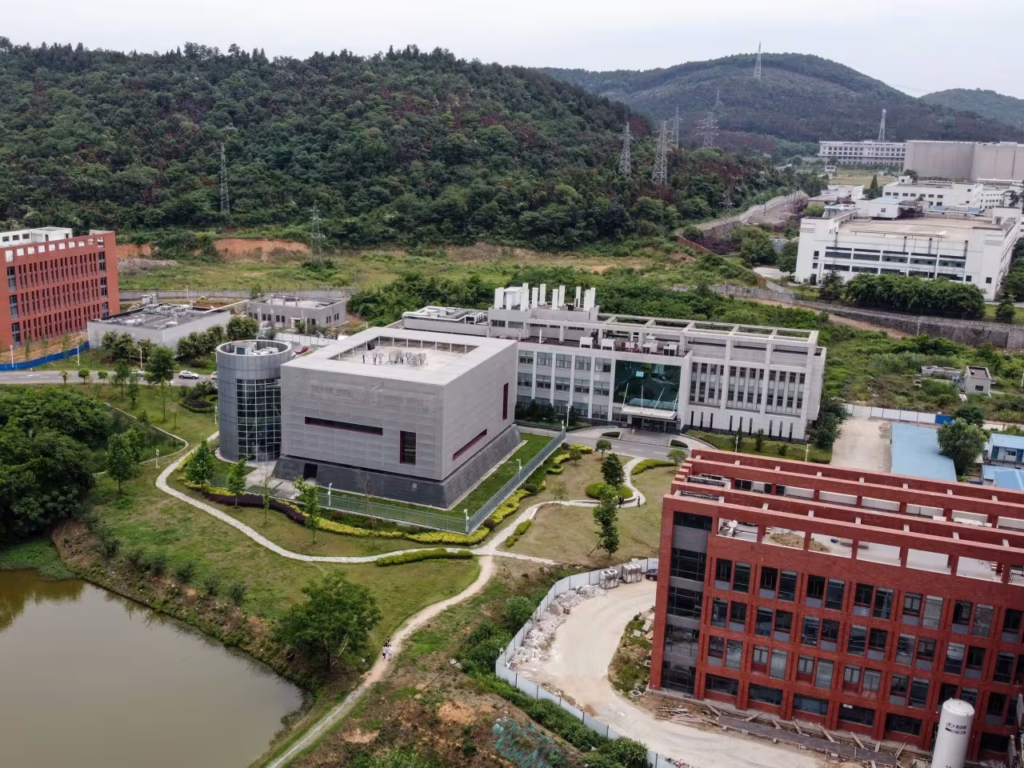The origins of COVID-19, a virus that brought the world to a standstill, remain one of the most debated topics in modern science and politics.
While theories about its emergence have ranged from natural transmission through wildlife markets to accidental leaks from a laboratory, recent findings from a United States Congressional committee have reignited the conversation.
The Republican-controlled House of Representatives Select Subcommittee on the Coronavirus Crisis has concluded, after a two-year investigation, that the virus likely emerged due to a laboratory or research-related accident.
This report not only revisits the controversial “lab leak” theory but also scrutinizes international research collaborations and safety protocols.
The Committee’s Findings: Lab Leak Theory Gains Ground
The 520-page report, released after extensive investigations, marks a significant shift in the ongoing discourse about COVID-19’s origins. According to the committee, the coronavirus “likely emerged because of a laboratory or research-related accident.” This conclusion challenges earlier narratives that pointed toward natural transmission through wildlife, particularly in markets in Wuhan, China.
Central to the committee’s findings is the connection to the Wuhan Institute of Virology (WIV). The report alleges that the US National Institutes of Health (NIH) funded “gain-of-function” research at WIV. This type of research involves enhancing viruses to better understand their transmissibility and develop countermeasures.
Critics argue that such research, while potentially valuable for pandemic preparedness, carries inherent risks. The committee suggests that a lapse in safety protocols at WIV may have resulted in the accidental release of the virus.
Read : China’s Wuhan Lab Once Blamed for COVID-19 Creates Nasal Vaccine for Future Pandemics
The report also highlights the role of international collaboration and oversight. It questions whether sufficient safety measures were in place at WIV and whether the US funding of such research was adequately monitored.
Read : Covid-19 Still Kills 1,700 a Week Around the World: WHO
While the Chinese government has consistently denied any connection between WIV and the pandemic, the committee’s findings add weight to calls for more transparency and international cooperation in investigating the virus’s origins.
Implications for Future Pandemic Preparedness
The committee’s investigation goes beyond identifying the potential origins of COVID-19; it also underscores the importance of preparedness for future pandemics. Chairman Brad Wenstrup emphasized that the findings are intended to help predict, prepare for, and prevent future outbreaks. This includes reassessing how gain-of-function research is conducted and monitored globally.
Gain-of-function research, though controversial, plays a crucial role in understanding how viruses evolve and in developing vaccines and treatments. However, the potential risks cannot be ignored. The committee’s report calls for stricter regulations and oversight, particularly for research involving pathogens with pandemic potential.

It also highlights the need for better international collaboration and transparency. As Wenstrup noted, “This work will help the United States, and the world, predict the next pandemic, prepare for the next pandemic, protect ourselves from the next pandemic, and hopefully prevent the next pandemic.”
One of the key recommendations is the establishment of more robust safety protocols for laboratories conducting high-risk research. This includes regular audits, international inspections, and greater accountability for funding agencies.
The report also suggests that countries should be more transparent about their research activities and share information more openly. This is particularly important in a globalized world where viruses can spread rapidly across borders.
The Ongoing Debate: Political and Scientific Perspectives
The lab leak theory has been a contentious topic since the early days of the pandemic. Initially dismissed by many scientists and media outlets as a conspiracy theory, it has gained credibility over time as more information has emerged.
The US committee’s report adds to this growing body of evidence, but it is unlikely to settle the debate. Both the scientific and political communities remain divided.

On one hand, many scientists argue that the evidence for a natural origin is still strong. They point to the fact that similar coronaviruses have been found in bats and other wildlife, and that zoonotic transmission is a well-documented phenomenon. They also caution against jumping to conclusions without definitive proof.
The World Health Organization (WHO) has conducted its own investigations and has not ruled out either possibility, but it has emphasized the need for more data from China.
On the other hand, proponents of the lab leak theory argue that the circumstantial evidence is compelling. The proximity of the WIV to the initial outbreak in Wuhan, the nature of the research conducted there, and the lack of transparency from the Chinese government all raise questions that cannot be ignored.
The committee’s report adds weight to these arguments, but it also highlights the need for more international cooperation and transparency.
The political implications of the report are also significant. The US-China relationship has been strained by the pandemic, and the lab leak theory has become a flashpoint in this larger geopolitical conflict.

Accusations and counter-accusations have fueled tensions, and the committee’s findings are likely to add to this dynamic. However, the report also underscores the need for a more collaborative approach. Pandemics are a global threat, and addressing them requires cooperation rather than confrontation.
The US congressional committee’s conclusion that COVID-19 likely emerged from a laboratory or research-related accident is a significant development in the ongoing investigation into the pandemic’s origins.
While the debate is far from settled, the report highlights important issues that need to be addressed, from the regulation of gain-of-function research to the importance of international transparency and cooperation.
As the world continues to recover from the COVID-19 pandemic, these lessons are crucial. Future pandemics are not a question of if, but when. Preparing for them requires understanding how this pandemic started and ensuring that similar mistakes are not repeated.
The committee’s findings are a step in that direction, but they also underscore the need for continued investigation and collaboration. The stakes are high, and the world cannot afford to be caught off guard again.
let’s enjoy few years on earth with peace and happiness….✍🏼🙏

